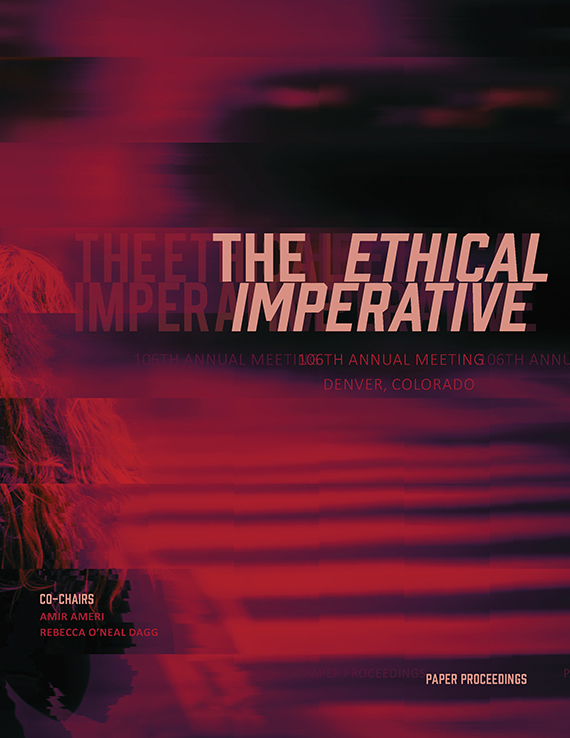Author(s): Pamela Harwood
How can participatory design strategies and community engaged construction support creative and critical collaboration? How can we ensure that the project’s scope and objectives are appropriately aligned with the community, especially when students’ short-lived, limited roots and commitment can be vulnerable in the semester timeframe of a project? These are questions this design build studio, a collaboration between students, faculty, stakeholders, and community volunteers contemplates. The Maring-Hunt Library Community GardenMaster Plan, its improvement and expansion, and a series of Garden Pavilions and Nature Play Pockets were designed and developed as useful spaces to address food insecurity in a USDA-designated food desert, cultivate community interaction and social activity, and provide learning opportunities for elementary school students, library patrons, and neighborhood families. The Community Garden is in a food desert, located on the Southside of our small city, isolated and removed from the economic prosperity of the collegiate campus. As cities face the environmental, economic, and social challenges of the 21st century, including hunger, diabetes, and dependence on global industrial food systems, local food production will be more and more important for building food security.
Volume Editors
Amir Ameri & Rebecca O'Neal Dagg
ISBN
978-1-944214-14-2

 Study Architecture
Study Architecture  ProPEL
ProPEL 
